White fungi in rose
nhq2006
10 years ago
Related Stories
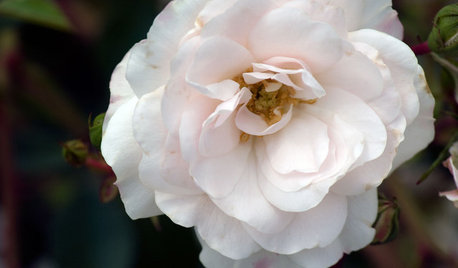
GARDENING GUIDES5 Favorite White Roses for a Purely Beautiful Garden
How does your garden glow? With roses that look like light and smell divine
Full Story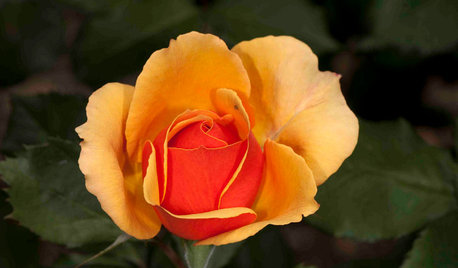
SPRING GARDENING5 Exotic Rose Colors for a Beautifully Different Garden
Give red a rest. Let these daring hues take the spotlight instead for a rose garden that turns heads
Full Story
GARDENING GUIDESWhat Kind of Roses Should You Grow?
Want to add the beauty of roses to your garden? Find out which ones, from old-fashioned to modern, are right for you
Full Story
PLANTING IDEASGreat Garden Combo: Rose + Clematis for Small-Space Impact
We all need somebody to lean on. And when a rose supports a climbing vine, the results can totally transform a small garden
Full Story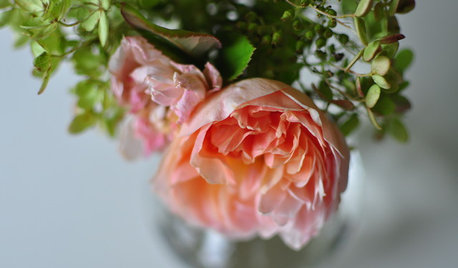
GARDENING GUIDESRoses: Crowning Touch of Gardens
Whether you're the Miss or Mister America of gardening or take a hands-off approach, roses can be a winning addition to your landscape
Full Story
GARDENING GUIDES6 Captivating Roses for an Alluringly Fragrant Garden
Perfume your garden with aromas from richly spicy to lightly sweet, without sacrificing an inch of color
Full Story
GARDENING GUIDES6 Wonderfully Easy Roses for Any Gardener
Look like an expert even if you're just starting out, with these low-maintenance gems of the rose world
Full Story
GARDENING GUIDESGreat Design Plant: Sally Holmes Rose
This simple yet versatile climbing rose grows vigorously all year; plant now for abundant spring and summer blooms
Full Story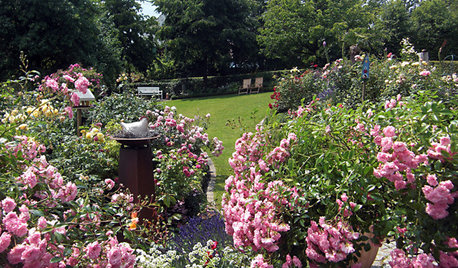
GARDENING GUIDES5 Sweet to Spirited Pink Roses for an Enchanting Garden
Whether you go demure or daring, there's a pink rose here to make you flush with garden pride
Full StoryMore Discussions







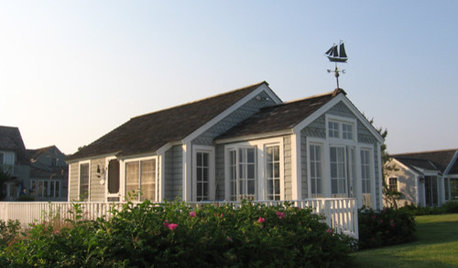

dublinbay z6 (KS)
roseseek
Related Professionals
Cary Landscape Architects & Landscape Designers · Rancho Palos Verdes Landscape Architects & Landscape Designers · Saint Louis Park Landscape Architects & Landscape Designers · Zion Landscape Architects & Landscape Designers · Garden City Landscape Architects & Landscape Designers · Clayton Landscape Contractors · Concord Landscape Contractors · Fort Payne Landscape Contractors · Fort Worth Landscape Contractors · New Berlin Landscape Contractors · Pueblo West Landscape Contractors · Selden Landscape Contractors · York Landscape Contractors · Vadnais Heights Landscape Contractors · Suisun City Landscape Contractorsjerijen
hoovb zone 9 sunset 23
KarenPA_6b
jerijen
KarenPA_6b
jerijen